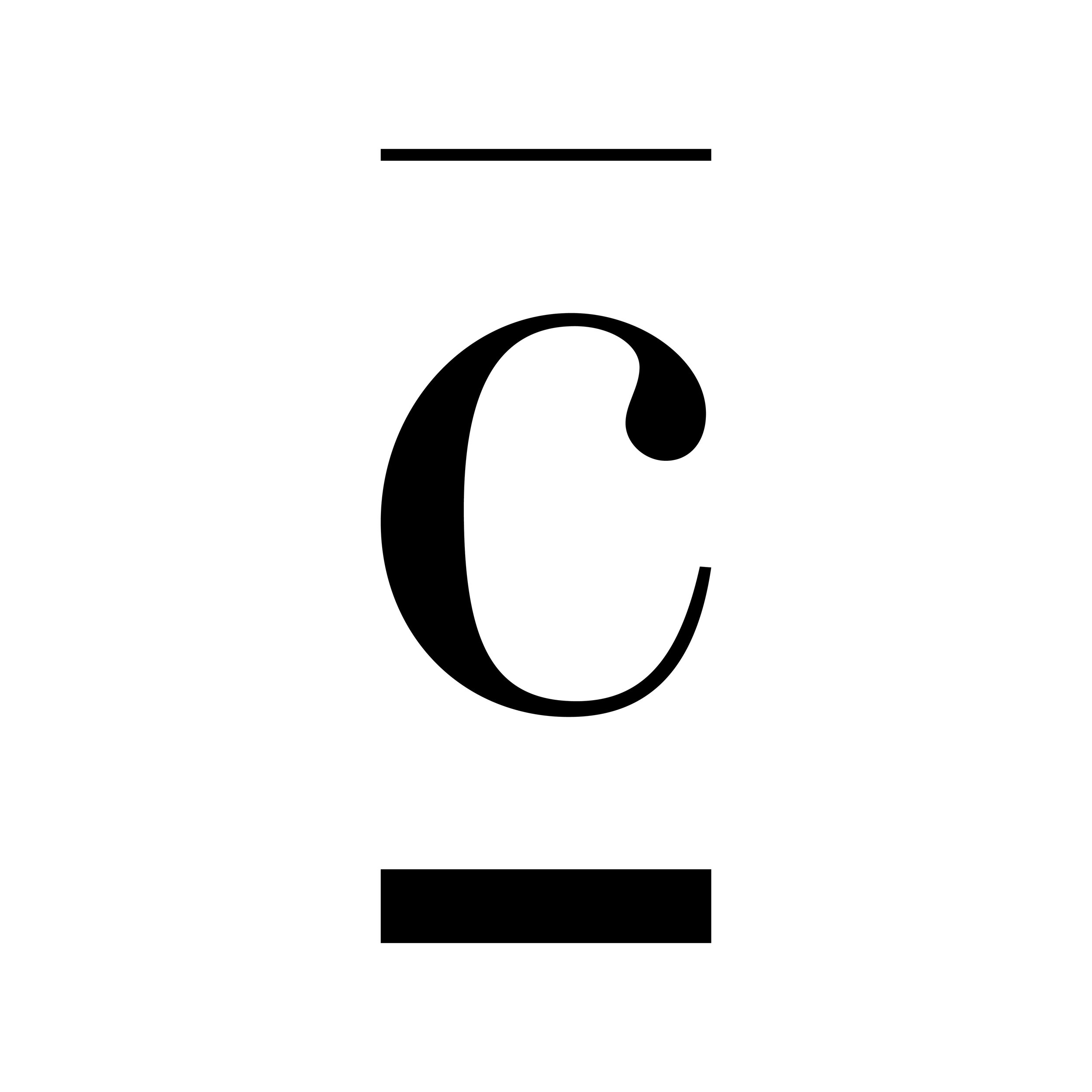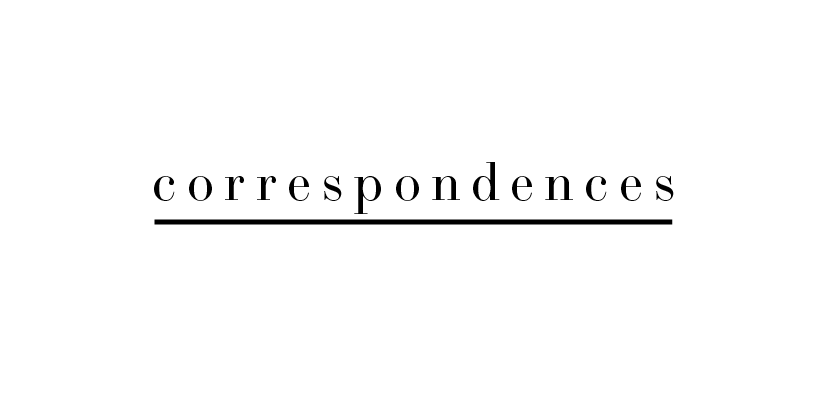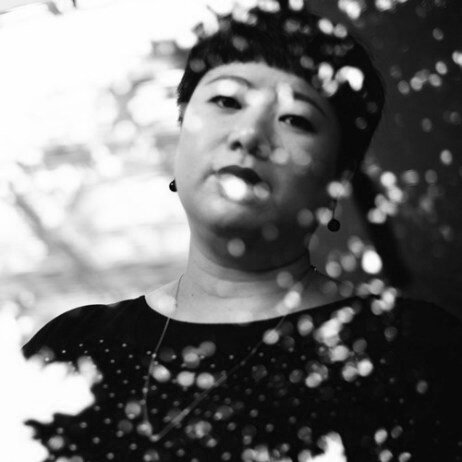Succour for the Spirit – Issue 6
Sunday Reading with poet Eileen Chong
Talking about the creative impulse, Caillebotte, Billie Holiday, loneliness, writing in uncertain times & more
#SuccourfortheSpirit #SilentDialogueEvents
I think often of the final phrases from the Marie Howe poem, ‘What The Living Do’: ‘I’m speechless: / I am living, I remember you.’ I feel like this a lot of the time, I feel the weight of my role as a poet and a writer in a world that is passing by us, that we are passing through so fast. I feel like the act of living comprises a million seemingly insignificant, human acts, all of which deserve to be observed, recorded, remembered, and celebrated.
—Eileen Chong
In Conversation
with
Eileen Chong (EC) & correspondences’ Emma Thomson (ET)
Nature, food or art?
Art
Figure 3 Gustave Caillebotte, Raboteurs de parquet / The Floor Planers, 1875, oil on canvas, H. 102; W. 146.5 cm © RMN-Grand Palais (Musée d'Orsay) / Hervé Lewandowski. Visit the Musée d’Orsay.
Why were you drawn to becoming a poet?
EC—I have always been drawn to words as a way to process the world and to express myself. I am as much a reader as I am a writer, although I mostly read poetry and non-fiction over fiction these days. I believe that words have the potential to shape our experiences and define who we are, or might become. I also decided to be a writer in order to connect my experiences with that of others—I did not see myself in a lot of writing I read when I was growing up. I felt like I might be able to add to that conversation, and perhaps one day, someone like the young me would read something I have written, and feel a little less alone in the world.
After poetry, what is your favourite art form & why?
Figure 4 Annette Messager, Papier peint Utérus (Wallpaper Uterus), 2017 Marian Goodman Gallery Courtesy wallpaper
© Annette Messager
EC—I love visual art, especially painting, and also mixed media installations. I find a lot of inspiration for my own creative work in art, so much so that I think of going to art exhibitions as an act of poem-hunting. One painting which made a deep impact on me was Gustave Caillebotte’s The Floor Planers, which I saw in 2008 at the Musée d’Orsay in Paris. I had always loved art, but that painting was my first transcendental experience with art—it was like I had fallen right into the painting. I could smell, taste, feel everything within it. I will never forget that experience. More recently, I was very moved by an exhibition of the work of Annette Messager, especially Wallpaper Uterus (Figure 4 above) and Uterus Giving the Finger (Figure 1 at beginning) , which I saw at the Valencia Institute of Modern Art in Spain in 2018. I am also a huge fan of much of the work collected in the White Rabbit Gallery in Sydney. Not all the work shown there is beautiful, but it is always thought-provoking and engaging, which I feel is one of the functions of art.
ET—For a short, interesting read on Messager’s show, refer to this article, on the “marvel and mischief from the everyday lives of women”.
Do you think art is therapeutic?
EC—I think art can definitely be therapeutic. People reach for poetry at times when they need heightened language to reflect emotions that cannot be otherwise expressed. And I think the same is true for the other art forms such as music and visual art—that ultimately, art engages people not just intellectually, but also emotionally. I listen to music, or go to art galleries, often to get away from my own head, and sometimes to visit a world without words. My mother was a bookkeeper, but always maintained that she had wanted to be a painter. I didn’t believe her, as I thought that if she had really wanted to be a painter, she would have found a way to do so throughout her life. In her retirement, she started taking community art classes, and now her home is full of her paintings. I have four of her paintings in my home, and they are very good. I have never seen this side of my mother prior to her becoming an artist. It makes me wonder about the creative potential in every person. I think that art could, and should be part of every one’s life.
What are you writing about?
EC—I have just signed a contract for the publication of my next collection of poetry to be published in April 2021. I am currently working on edits with a fellow poet who I much admire, which has been a wonderfully respectful, intimate, and enlightening process. It is a real gift to have a poet such as her read my work so closely, and to work at pushing each poem towards the truest version of itself. I am also working on a new project, a collection of 50 poems that reflect on the themes of isolation and connection during the pandemic, which I received a Create NSW grant for. The poems that have emerged with this project have surprised me with how different they are from the poems I usually write, mirroring our changed world.
Favourite musicians?
EC—I love the songs of Billie Holiday. Her melancholic, imperfect singing touches something indefinable within me. For me, Billie Holiday’s oeuvre exemplifies the Japanese concept of mono no aware (物の哀れ), or the deep pathos of things that are impermanent, and made more valuable by that very fact. I also love the evocative music of Ryuichi Sakamoto, and his music has formed the soundtrack to much of my life.
ET—Watch the breath-taking performance below by Ryuichi Sakamoto, recently given during the pandemic.
Tell us about one of your creations
EC—Most recently, I contributed a poem, ‘Witness’, towards a project, ‘Well-known Corners’, for the virtual manifestation of the ‘Poetry On The Move’ festival run out of the University of Canberra.
ET—Mobile readers, use the PDF document via the button at the base of the poem below to appreciate the spaces that are central to the poem’s reading. Mobile phone presentation omits the spaces. Listen to ‘The Music Next Door’ by The Lucksmiths while you read. Then re-read without the music. It is fascinating and revealing!
Witness
I began to find the boredom almost beautiful
‘The Music Next Door’, The Lucksmiths
The paintings we bought of the interior
of someone else’s home now come across
as somewhat ironic Black and white
it seems do we know when to unmask
ourselves how far should we stand
from people we love gloved flesh
makes for poor intimacy I caught sight
of a man at his desk by a window previously
always shuttered he saw me sweating
on my exercise machine dressed in only a chemise
I felt ashamed
I heard the music next door and thought
of our ex-neighbour who loved spanking
we would listen down the corridor and wonder
when to call the police there are people
sitting on park benches they follow me
I worry they can tell I am Asian underneath
Ticker tongues send out numbers in the thousands
sites crash and burn your colleague
has curious taste in wall art but then she gets up and
goes to speak in the closet I feel lucky
I am childless I dream about jars and wake
to measure rise not descend write down the lifts and turns
The sun is watery we have missed the summer
Do leaves even fall if you are no longer a witness
What were you striving to explore?
EC—It was an odd poem, with spacings within the lines, which I don’t normally use, but the poem demanded the form. It is a poem about loneliness, isolation, fear, and also containment. It asks the questions of what we choose to see, and also what we refuse to witness. We all have a responsibility to our community and our fellow human beings, and the poem presents a slice of what that process, that negotiation might mean. It was also the product of a reflexive process that demanded that we look at familiar environments in a new way. For me, that extended to my creative practice, and manifested in the poem, in its unfamiliar (to me) shape and form.
ET—I’ve been thinking about those spaces. The way we perceive individual words and the patterns that emerge between them. It reminded me of an interview with master calligrapher Hiroko Harada in which she said: “Before I begin, I have an image in my mind of the final shape – the balance between white and black. The white is more important, as it brings out the black”. As the interviewer Rory Goulding explained: “Across Japanese arts, the untouched part – called ‘ma’ – is significant, whether it’s a canvas largely left blank or the silence between drumbeats. Emptiness has a value of its own, not least in a country where many people must live without the luxury of space”. Those spaces are full of potential. Spaces between what we see and what we know - to be re-worked over and over again, in our minds and through the art and practice of creative writing.
Can you reflect a little upon this idea of ‘ma’?
How do you start with a poem like this?
EC—The Japanese concept of ma 間 has always been an important one for me in my creative practice. Writing a poem is an act of distillation, of compression, and I have often likened poems to Chinese brush paintings, where what is absent is as important as what is present on paper, of the importance of suggestion, of openness of interpretation. The empty, or negative spaces in art allow for a recipient's own knowledge and thoughts to come into being. In poetry, the meaning of a poem then arrives somewhere between the writer and the reader. Writing poems with ma within them is an act of trust, of collaboration, of exploration. The character for ma itself comprises the word for 'sun' emerging between two doors--an image which brings to mind Leonard Cohen's 'crack in everything'. Ma is about holding space, about liminality, about possibilities.
When I begin a poem, I don't know what the poem might be, where it might go, or where it might end. I come to the page, physical or digital, with a sense of freedom, or wildness. I speak the poem as I write it, and the poem is created as much by my breath, by the sounds of the words, as by the connections the words are making with the words that come before and after them. I felt like in the writing of 'Witness', I was driven by the urgent messages of social distancing, of isolating, and that my words and ideas naturally followed suit through the elisions and gaps within each line, between stanzas.
What else can supporters do?
Pre purchase our book for Silent Dialogue with Chong’s words → here. Featuring Eileen Chong's piece and ten other original pieces of writing by some of the country's finest writers alongside beautiful imagery from our participating visual artists, it is going to be special.
Keep your eye out for an announcement regarding Chong's next book of poetry, to be published in April 2021. Meanwhile, head to better bookstores or Eileen’s website to purchase one of her existing collections here. Painting Red Orchids and Burning Rice are two of our personal favourites.
Share our news via email & social media via i: silent_dialogue & f: silentdialogueevents. It introduces us to new supporters!
Biography
Eileen Chong is a poet based in Sydney, Australia. She was born in Singapore of Chinese descent. Her poetry collections are Burning Rice (2012), Peony (2014), Painting Red Orchids (2016), and Rainforest (2018), all from Pitt Street Poetry, Sydney. Her next collection, A Thousand Crimson Blooms, is forthcoming from the University of Queensland Press in April 2021.
Chong writes about food, family, migration, love and loss. The Singaporean-Australian poet Boey Kim Cheng has said that ‘Chong’s work offers a poetry of feeling, rendered in luminous detail and language, alive to the sorrows and joys of daily living.’
Her books have been shortlisted for numerous awards, including the Anne Elder Award 2012 for a first book, the Australian Arts in Asia Award 2013, the Victorian Premier’s Literary Award 2017, and the Australian Prime Minister’s Literary Award 2013 and 2017. Her poems are widely anthologised in Australian and international anthologies.











